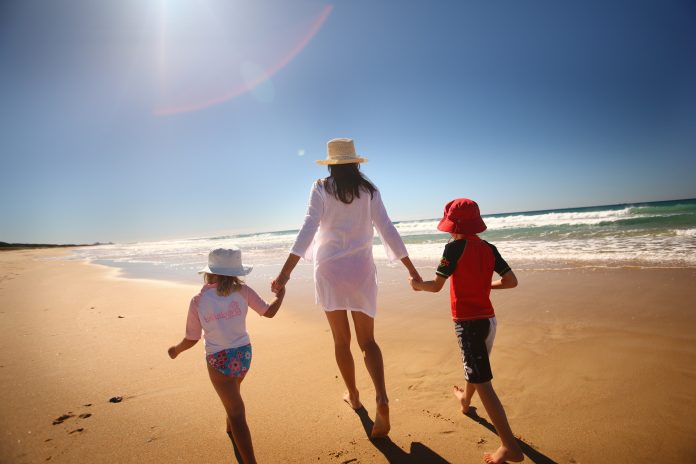The Queensland government will borrow even more money to fund the budget after launching an advertising blitz to fire up the tourism sector.
Treasurer Cameron Dick is due to hand down his budget on Tuesday, which he says it designed to pull the state out of the recession created by coronavirus.
Queensland’s economy is sluggish with unemployment at 7.7 per cent and 209,000 people out of work.
The Labor government already has an $11 billion stimulus plan underway to try to deal with the impacts of COVID-19.
Mr Dick forecast net debt to hit $101.96 billion by June 2021, up from the $83.8 billion predicted in December, in a financial and economic update delivered in early September.
The treasurer says the government will borrow even more money, on top of the $11 billion.
“There will be significant borrowings and that’s of course what we said during the campaign – we said we would need to borrow to fund our deficit,” he told reporters on Sunday.
“Now we were very clear with Queensland as we said there would be deficits over the forward estimates and, of course, the only way you can fund that is through borrowings.”
Mr Dick said the only other way to fund the deficit would be to cut public sector staff and government programs but he refused to drop the “anvil of austerity” on Queenslanders.
Part of the government’s economic recovery plan includes a new tourism advertising campaign aimed at wooing Victoria and NSW residents.
Tourism Minister Stirling Hinchliffe was optimistic tourists would respond despite being told for three-months they could not come during the border closure.
“Demand is absolutely going through the roof, interest is very strong,” he said.
“We know that people throughout NSW and Victoria are keen to come back and enjoy Queensland.”
Mr Dick said Victorians in particular had had a difficult year and Queenslanders would welcome them for holidays.
Mr Hinchliffe is optimistic the borders will remain open over the longer term but warned it was critical to follow the health advice.
“I’m very hopeful that we’ll see our borders staying open and the opportunities of staying open to all those friends of ours from around the rest of the country,” he said.
“We want to make sure they enjoy Queensland because Queensland’s good to go.”
Mr Dick would not say how much the border closure had cost the state’s economy but said a second COVID-19 wave would have cost Queensland $3.1 billion dollars a month or $9.3 billion in total.





